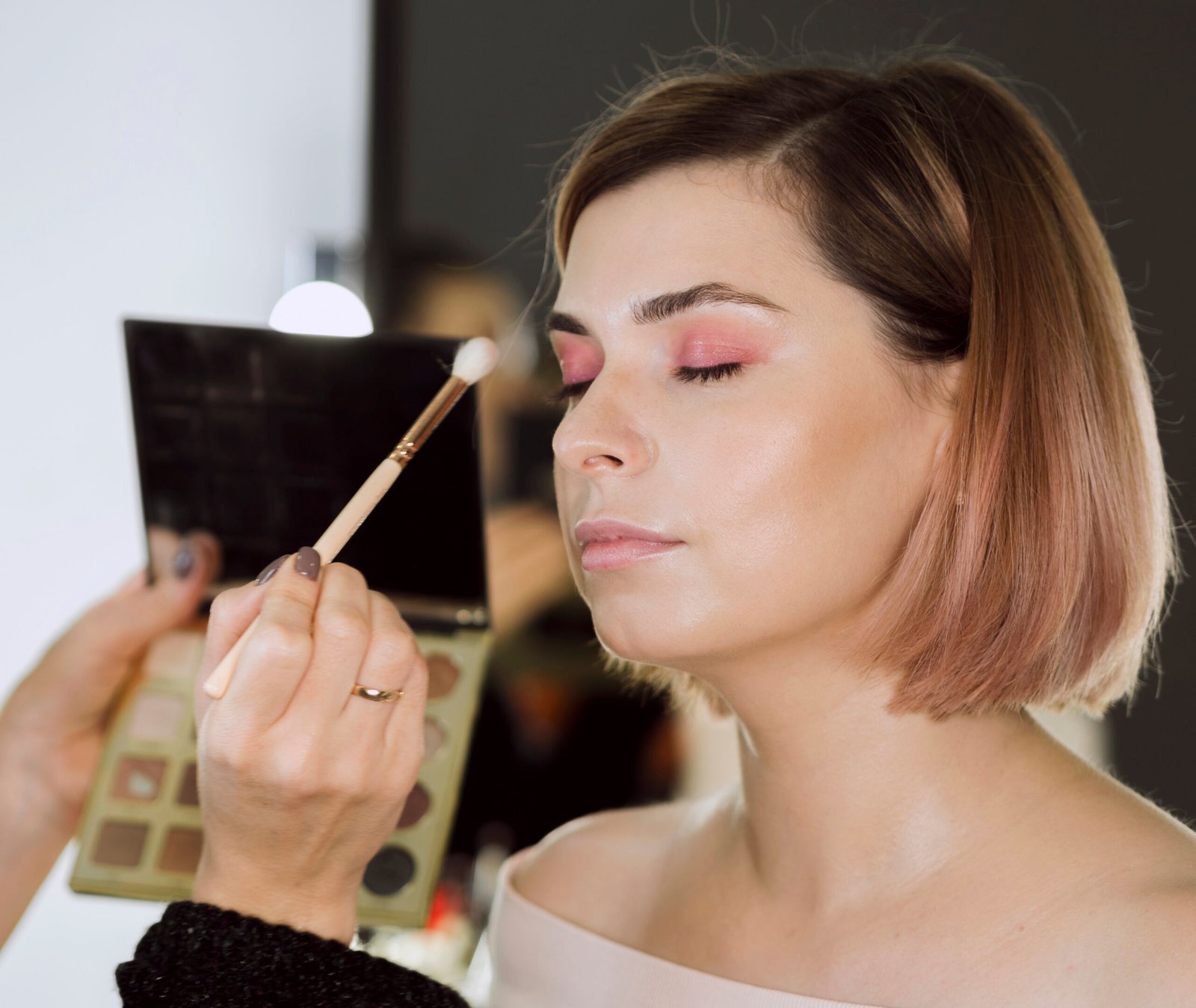
The Art of Makeup: Transforming Faces and Boosting Confidence
Introduction
Makeup is more than just a beauty tool; it is a form of self-expression, creativity, and confidence booster. From ancient civilizations to modern-day trends, makeup has played a pivotal role in human culture. This article explores the history, types, and techniques of makeup, highlighting its impact on personal and professional lives.
The History of Makeup
The use of makeup dates back thousands of years. Ancient Egyptians, for instance, used kohl to line their eyes and crushed beetles to color their lips. In Ancient Greece and Rome, women used white lead and chalk to lighten their faces. The Renaissance period saw the rise of more elaborate and toxic cosmetics, while the 20th century introduced safer, mass-produced makeup products. Each era has contributed to the evolution of makeup, reflecting the societal norms and beauty standards of the time.
Types of Makeup Products
Makeup products can be categorized into several main types:
- Face Makeup:
- Primer: Prepares the skin and helps makeup last longer.
- Foundation: Provides an even skin tone and coverage.
- Concealer: Hides blemishes, dark circles, and imperfections.
- Powder: Sets the foundation and reduces shine.
- Blush: Adds color to the cheeks.
- Highlighter: Enhances facial features with a luminous glow.
- Contour: Defines and shapes the face.
- Eye Makeup:
- Eyeshadow: Adds color and dimension to the eyelids.
- Eyeliner: Defines the eyes and can create various looks, from subtle to dramatic.
- Mascara: Enhances the eyelashes by adding volume and length.
- Eyebrow Products: Shape and define the eyebrows using pencils, powders, or gels.
- Lip Makeup:
- Lipstick: Adds color and texture to the lips.
- Lip Gloss: Provides shine and a glossy finish.
- Lip Liner: Defines the lip shape and prevents lipstick from bleeding.
Makeup Techniques and Tips
- Preparation: Good makeup starts with good skincare. Cleanse, moisturize, and apply primer to create a smooth canvas.
- Foundation Matching: Choose a foundation that matches your skin tone and type. Test it on your jawline for the best match.
- Blending: Use brushes, sponges, or fingers to blend products seamlessly into the skin.
- Layering: Build up products in thin layers for a natural look. This technique also helps makeup last longer.
- Highlighting and Contouring: Use these techniques to accentuate your facial features. Highlight areas you want to bring forward and contour areas you want to recede.
- Eye Makeup: Experiment with different eyeshadow colors and eyeliner styles to find what suits your eye shape and personal style.
- Lip Care: Keep lips hydrated and exfoliated. Use lip liner to define the shape and fill in with lipstick or gloss.
The Impact of Makeup
- Self-Expression: Makeup allows individuals to express their personality, mood, and creativity. It can be bold, subtle, or anything in between.
- Confidence Boost: Wearing makeup can enhance self-esteem and confidence, helping individuals feel more comfortable in social and professional settings.
- Professional Image: In many industries, a polished appearance is crucial. Makeup can help create a professional and put-together look.
- Artistic Outlet: For many, makeup is an art form. Makeup artists use their skills to transform faces, create characters, and even tell stories.
Conclusion
Makeup is a powerful tool that transcends mere aesthetics. It is a means of self-expression, a confidence booster, and an art form. Whether you are a makeup novice or a seasoned artist, the world of makeup offers endless possibilities to explore and enjoy. By understanding its history, types, and techniques, you can harness the transformative power of makeup to enhance your beauty and express your unique self.

